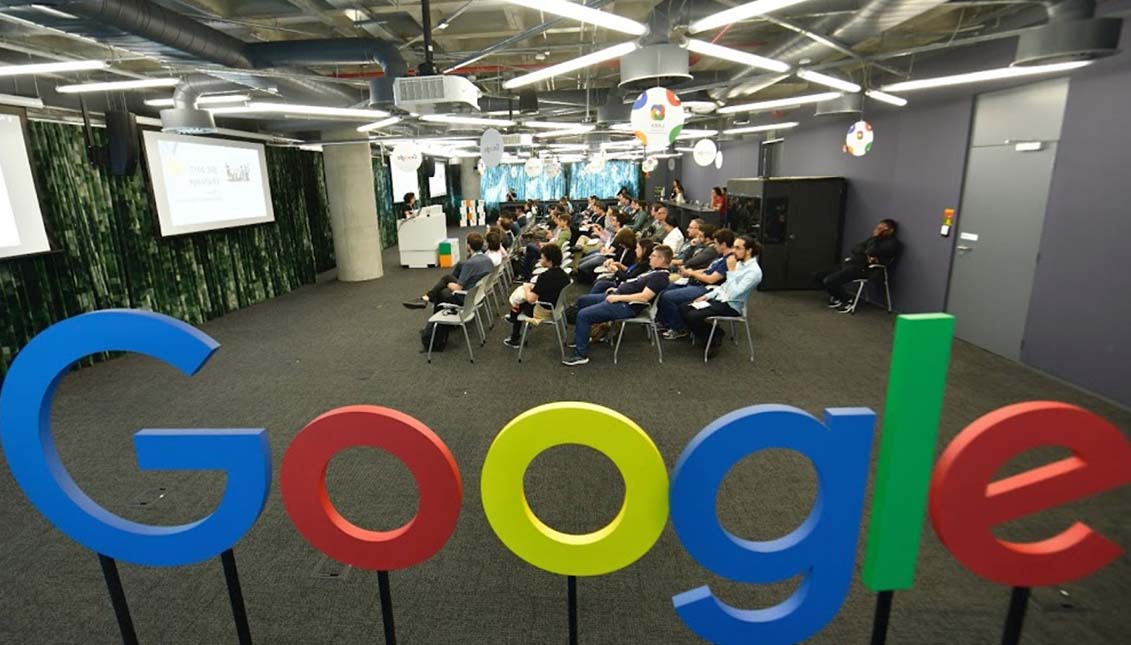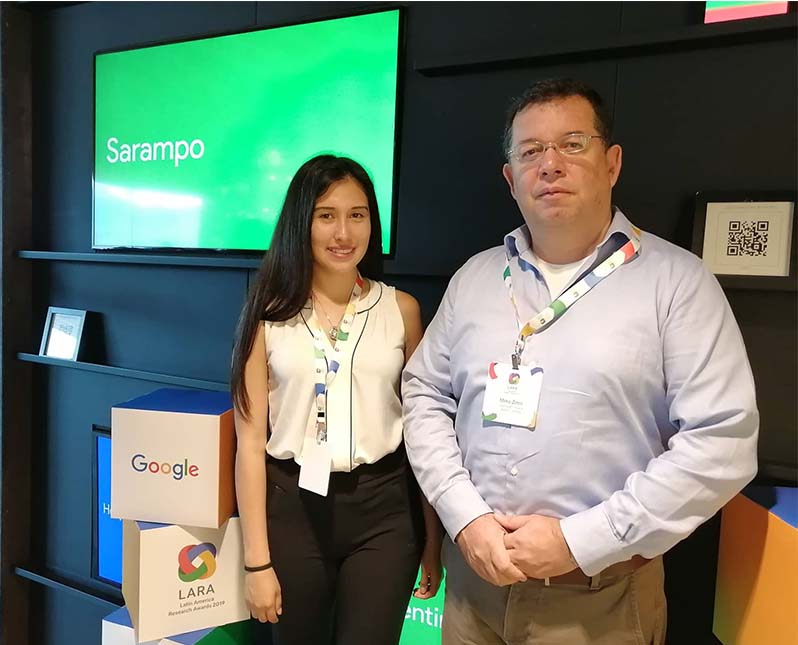
Google to fund Peruvian research on detecting early autism via cell phones
The device uses machine learning algorithms to detect autism in children from low-income families or in hard-to-reach areas.
According to the World Health Organization (WHO), one in every 160 children has some type of Autism Spectrum Disorder (ASD), a neurological and developmental disorder whose symptoms and severity vary from person to person, negatively affecting the child's ability to socialize, communicate and speak.
Although it is already possible to make early detections from 14 months of age, ASD is usually discovered around the age of 5, or even later. However, this is if you are fortunate enough to live in the so-called "first world."
In Latin American countries, where extreme poverty has risen to 31% in 2019, the situation is unsustainable and worsens in remote populations whose access is far from easy. Nevertheless, dedicated scientists continue to work to democratize cures and treatments, including those of people with ASD.
With the intention of breaking down barriers, the Latin American Research Awards (LARA), with which Google annually awards $500,000 to scientific projects that use technology for medical research, has been awarded in this edition to a group of researchers from the Universidad Peruana Cayetano Heredia (UPCH), who investigate the early diagnosis of autism in children from low-income families, using only a mobile device.
Peruvian scientist Mirko Zimic has managed to get Google to fund four of his projects, the last of which was research that accelerated the diagnosis of tuberculosis.
The project led by scientists Mirko Zimic and Macarena Vittet consists, according to the Andean agency, in a portable tool with which the specialist records the child watching two videos to analyze eye movement, thus evaluating the preference of the look, recognition of facial gestures - to test the emotional state - and pupillometry to detect neurological abnormalities. And all this is done in just two minutes.
The tool, which could simplify and reduce costs due to its portability, uses deep learning algorithms ('machine learning') and would be of enormous benefit to the most vulnerable populations.

RELATED CONTENT
But it's not the only award the researchers have won.
In the last edition, the Peruvian scientist Mirko Zimic, who has already managed to get Google to finance four of his projects, was awarded a prize for research that allowed the diagnosis of tuberculosis to be speeded up.
"All these initiatives are aimed at solving various problems that affect people, such as the classification of skin cancer, the automatic detection of reproduction areas of Aedes Aegypti, detection of plagues, detection of lung nodules and more," said Andina Berthier Ribeiro-Neto, director of engineering at Google Latin America.
Among the winning proposals are two from Argentina, 15 from Brazil, five from Colombia and two from Chile. Many projects have surprising medical applications, which will mean an improvement in the quality of life of the most vulnerable.
The projects included one from Brazilians Eduardo da Silva and Wesley Passos, which seeks to improve the detection of breeding areas of a mosquito (Aedes Aegypti) that transmits deadly diseases such as dengue or zika, through machine learning and artificial vision. Or the combined researchers Fabio González and Santiago Toledo Cortés, who are working on designing a system for acquiring and processing images of the fundus of the eye and discovering diabetes-related pathologies by using low-cost hardware that interacts with cloud-based systems and would allow low-resource populations to be reached in hard-to-reach areas.











LEAVE A COMMENT: